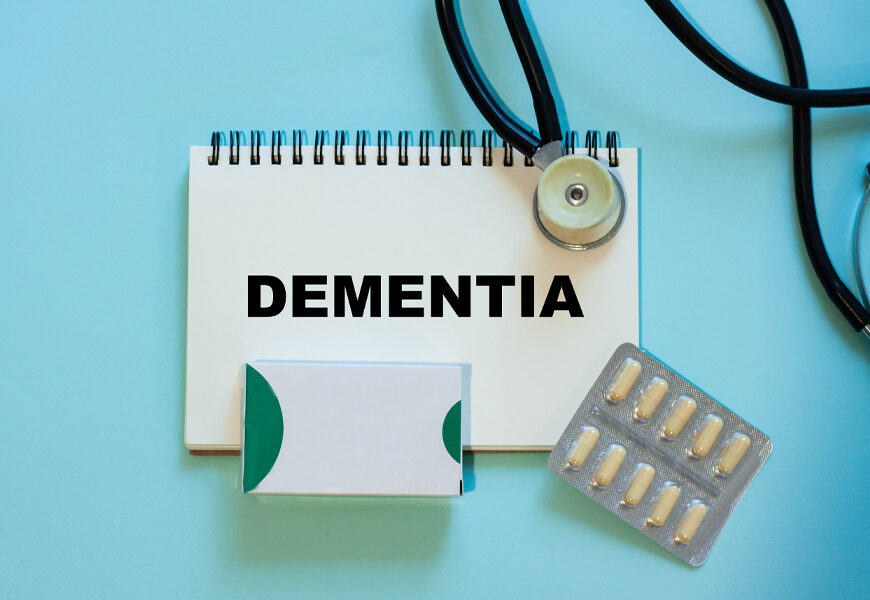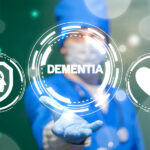Dementia is a progressive and degenerative disease. What this means is that the underlying disease that is causing the dementia will continue to spread making the dementia worse over time. Unfortunately, this will remain true even if the person with dementia gets an early diagnosis and timely access to medical and psychosocial management.
However, in the absence of intervention, the progress of deterioration is likely to be faster and as the disease progresses; management for the caregiver can also become very difficult.
Best Dementia Treatment and Management
A combination of medication and psycho-social interventions can help make the journey for the caregiver and the person with dementia, a lot easier.
Pharmacological Management
Neurological Symptoms
Treating neurological symptoms of dementia, such as confusion, decline in short term memory and decline in other cognitive functions can be managed by acetylcholinesterase inhibitors. This medication helps in retaining some of the neurotransmitter Acetylcholine which helps in brain cell communication.
These medicines sometimes don’t suit certain people with dementia. In such cases, another drug memantine is used.
Behavioural & Psychological Symptoms
As dementia progresses, many persons with dementia also start developing behavioural and psychological symptoms. These are formally known as Behavioural and Psychological Symptoms of Dementia or BPSD. Antipsychotics such as Haloperidol and Risperidone are recommended for the management of such symptoms
Depression
Depression is frequently diagnosed in people with Dementia, especially in the early stages of the disease. In fact, symptoms of depression often come before symptoms of dementia. Antidepressants can be used to treat the depression.
Non-pharmacological Therapies for Dementia Treatment
Cognitive Stimulation Therapy (CST)
Cognitive Stimulation Therapy (CST) is a structured and planned group intervention for individuals with dementia. In this, a small group of participants undergo a fixed number of structured sessions under the supervision of a trained psychologist or nurse. This intervention takes place over several weeks. Each session follows a structure with orientation and set activities that follow a theme. Research on CST has shown that it does in fact lead to improvements in cognitive functioning to the point that it yields a similar improvement to medication.
Music for Dementia
Music can help and engage persons with dementia. According to research, singing as well as listening to music can help persons with dementia feel better emotionally and can also show positive behavioural outcomes. Music memory often lasts for longer and is revived more easily for a person with dementia. They may be able to enjoy music and hum along even when they are unable to hold normal conversations. It is important to know what songs they like and know to help them connect with it. This can be done by creating personalised playlists that can then be played to engage with the person. Noting the positive benefit of music for persons with dementia, a nation campaign “Music for Dementia” was launched in the UK. To know more you can visit: https://legacy.musicfordementia.org.uk/
Dance Therapy
Dance Therapy and Dance Movement Psychotherapy (DMP) are structured techniques that can be used to help persons with dementia.
Dancing as an activity is also beneficial for persons with Dementia. People with dementia often find it harder to express themselves. Dance can help as a form of expression and provide them with a much-needed outlet. Dance can engage them without a need for them to converse and this can put them at ease reducing their anxiety and agitation. Music and movements can also trigger old memories. Dance as an activity has been shown to improve overall functioning and the quality of life of people with dementia.
Cognitive Rehabilitation
Cognitive Rehabilitation (aka neuropsychological rehabilitation) is an intervention that aims at making the person with dementia more functional in their daily life and chores. It is a personalised approach in which the goal is to identify and work on those functional areas that the person finds most relevant.
It helps persons with dementia by introducing strategies, memory aids and modification (environmental, etc) that help them to achieve more in their day to day. This technique can help people with mild to moderate dementia by not only enabling them retain their ability to carry out daily activities, but also by improving their self-efficacy.
Reminiscence and Life Story
Reminiscence Therapy has known benefits for persons with dementia. In this, in a group or individually, a caregiver, psychologist or family member discusses past events, old stories, important experiences form the life of the person with dementia. Photographs and other items can be used as tangible prompts.
A Life Story is another tool for the caregiver to be used for reminiscence. It can be in the form of a book, an album, a video playlist, files on a computer, or even a box full of memories. No matter the format in which it is created, life story can have photographs, videos, stories and even tangible things. Its purpose is to form a collection of memories than can be used to engage with a person with dementia. It has shown benefits in terms of improved mood, reduced agitation and better recall.
Bright Light Therapy
Bright Light Therapy is a new age technique in which a person is exposed to a bright light (5 to 30 times brighter than a normal light). Preliminary research on this therapy showed that there was improvement seen when patients with Dementia (particularly Alzheimer’s) were exposed to the bright light for 1 hour in the morning for 2 weeks.
This therapy has also been used to treat other mental health disorders to help regulate the sleep wake cycle. Though more research is needed to help authenticate this method for use with persons with dementia, it can be used in conjunction with other pharmacological and non-pharmacological therapies.
It is important to remember that while choosing a therapy combination for a person with dementia, we can’t follow a one size fits all method. Each person with dementia is different, with different needs, symptoms and personality. Not each therapy may work or be recommended in each case. It is also important to be open and cognizant of what the person with dementia wants. They should have a say in their treatment for as long as it’s possible.
A suitable and personalised combination of pharmacological and non-pharmacological therapies can help make the journey for the person with dementia and their caregiver a lot easier.
Sources: https://legacy.musicfordementia.org.uk/
Sekiguchi H, Iritani S, Fujita K. Bright light therapy for sleep disturbance in dementia is most effective for mild to moderate Alzheimer’s type dementia: a case series. Psychogeriatrics. 2017 Sep;17(5):275-281. doi: 10.1111/psyg.12233. Epub 2017 Jan 27. PMID: 28127845.
http://bjp.rcpsych.org/content/183/3/248#BIBL
University of Otago. “Positive effect of music and dance on dementia proven by New Zealand study.” ScienceDaily. ScienceDaily, 8 August 2019. <www.sciencedaily.com/releases/2019/08/190808091401.htm>.
https://doi.org/10.1002/14651858.CD013388
Woods B, Spector A, Jones C, Orrell M, Davies S. Reminiscence therapy for dementia. Cochrane Database Syst Rev. 2005 Apr 18;(2):CD001120. doi: 10.1002/14651858.CD001120.pub2. Update in: Cochrane Database Syst Rev. 2018 Mar 01;3:CD001120. PMID: 15846613.


